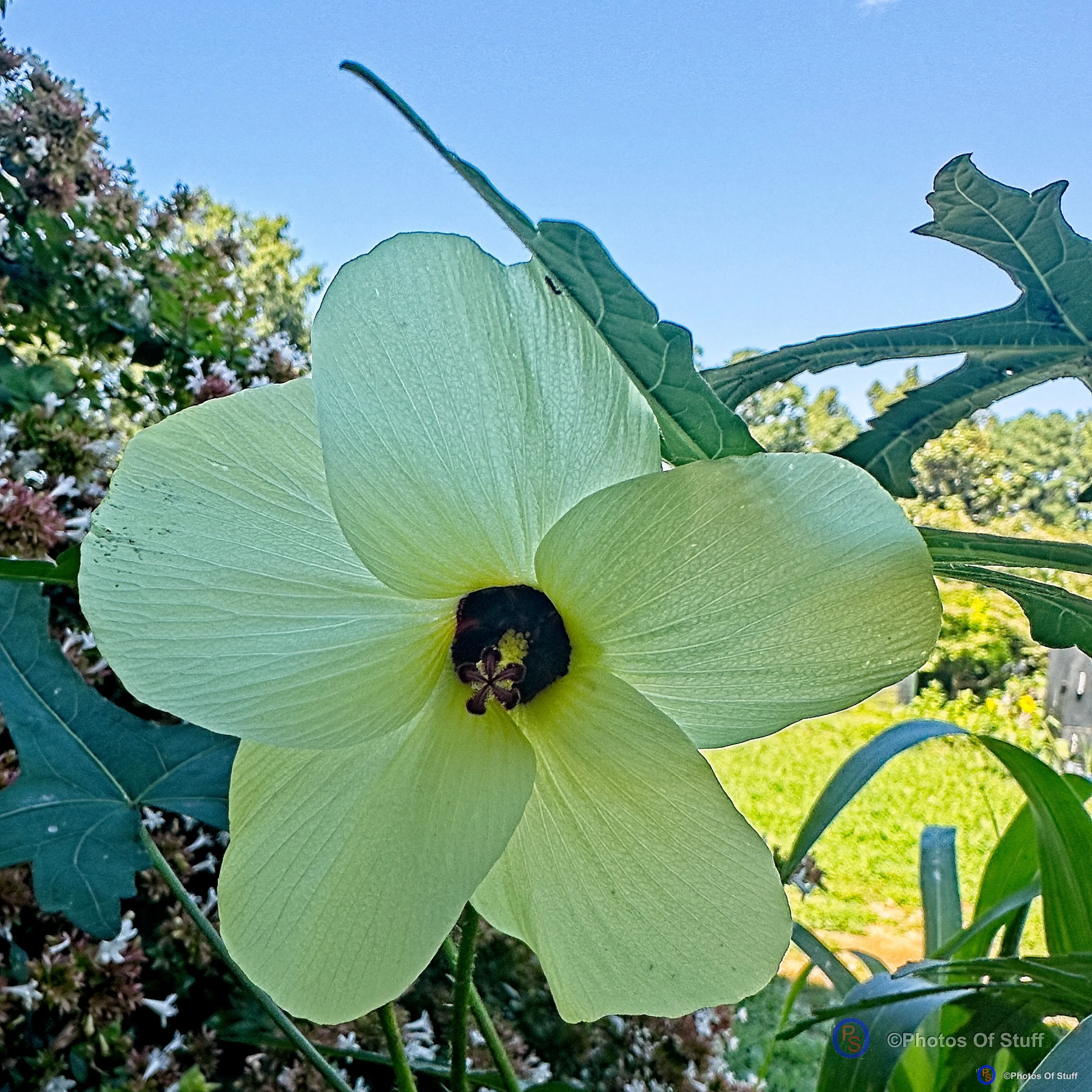Summer is Almost Done
The Sea Hibiscus, scientifically known as Hibiscus tiliaceus, are stunning flowering plants that add a vibrant touch to any landscape. These tropical beauties embrace the warmth of summer with their showy blooms and lush green foliage.
As the season gradually transitions from the sweltering heat to a more comfortable temperature, the Sea Hibiscus serve as a gentle reminder that autumn is on its way. Their captivating flowers, which come in various shades of yellow, orange, and red, provide a breathtaking spectacle against the backdrop of clear blue skies and verdant surroundings.
In my own yard, the Sea Hibiscus has become the true stalwarts of summer, never failing to offer a final burst of color even when the days become shorter. Their resilience and endurance serve as a testament to the wonders of nature and its remarkable ability to adapt.
But the Sea Hibiscus are not the only late bloomers in my garden. There are also a few sunflowers that defiantly stretch towards the sun, refusing to let go of the warm rays that nourished them throughout the season. Their sunny dispositions and cheerful countenances brighten even the dullest of autumn days, reminding us to embrace life’s fleeting moments of joy.
As the Sea Hibiscus and sunflowers continue to grace my garden, I can’t help but feel a sense of gratitude for these resilient blooms. They serve as a gentle transition between the vibrant energy of summer and the peaceful serenity of fall. Their presence brings solace and a sense of continuity amidst the changing seasons.
So, as the Sea Hibiscus bloom near their completion, I eagerly await the arrival of autumn, knowing that even as the days grow cooler and the leaves start to change, nature’s wonders will continue to inspire and captivate us.
The Vibrant Sea Hibiscus
As the summer months draw to a close, nature graces us with the breathtaking beauty of the Sea Hibiscus. This magnificent plant, scientifically known as Hibiscus tiliaceus, is a true symbol of the end of summer. Its vibrant flowers and lush green leaves remind us to savor the final moments of this warm and sunny season.

The Sea Hibiscus is native to coastal regions and can be found in tropical and subtropical areas around the world. Its large, showy flowers come in a variety of colors, including vibrant yellows, oranges, pinks, and reds. These eye-catching blooms attract both humans and pollinators, adding a burst of color to any landscape.
A Versatile and Resilient Plant
Not only is the Sea Hibiscus visually stunning, but it is also a highly versatile and resilient plant. It can be grown in a range of soil types, from sandy to clayey, and can tolerate both drought and flooding. This adaptability makes it an excellent choice for coastal gardens and landscapes.
In addition to its aesthetic appeal, the Sea Hibiscus offers several practical uses. Its strong and durable wood is often used for construction and making furniture. The bark of the plant can be used to make ropes, and its leaves are a traditional material for weaving baskets and mats. The Sea Hibiscus has also been used in traditional medicine for its potential healing properties.
The Symbolism of the Sea Hibiscus
Beyond its physical attributes, the Sea Hibiscus holds symbolic meaning. In many cultures, the hibiscus flower represents beauty, immortality, and glory. It is often associated with tropical islands, paradise, and the joy of living. The Sea Hibiscus, specifically, signifies the end of summer and the transition into a new season.
As we bid farewell to the warm days and long nights of summer, let us embrace the beauty of the Sea Hibiscus. Its vibrant colors and resilient nature remind us to cherish the present moment and embrace the changes that lie ahead. Whether you encounter the Sea Hibiscus on a coastal walk, in a garden, or even in a painting, let it be a joyful reminder of the passing of time and the endless cycle of nature.

